I was in high school when I first saw Aronofsky’s Requiem for a Dream. When you talk about Requiem for a Dream with others, often you’ll hear people acknowledge its greatness and in the same breath say that they’ll never watch it again. It’s a disturbing film. And I LOVED it. I went back to the library and checked out Pi the next day. I was not disappointed. I had never seen a film that used religion as its playground and I was fascinated.

My 16-year-old mind was primed for The Fountain when it came out. I was excited to talk about it. I thought everyone was going to see it and I could show off to the newly initiated about watching Pi and Requiem. Girls would cream themselves over the fact that I had rented a couple of foreign films from the library. I remember picking out seats with a friend of mine and the only other person there was a slightly overweight man in his fifties by himself. I figure someday, I’ll become that man. In the empty theater, I finally became a fan of something. It was like watching a magic trick.
Aronofsky’s films are recognized by the Academy for their sound and there’s a fantastic video essay by Kagonada called Sounds of Aronofsky. Enjoy. I’m more interested in cataloging the visual language Aronofsky uses in The Fountain, Noah and Mother.
Crosses, circles and other shapes
Crosses are important symbols in Christianity and we can see them embedded into doors by Aronofsky in The Fountain and Mother.
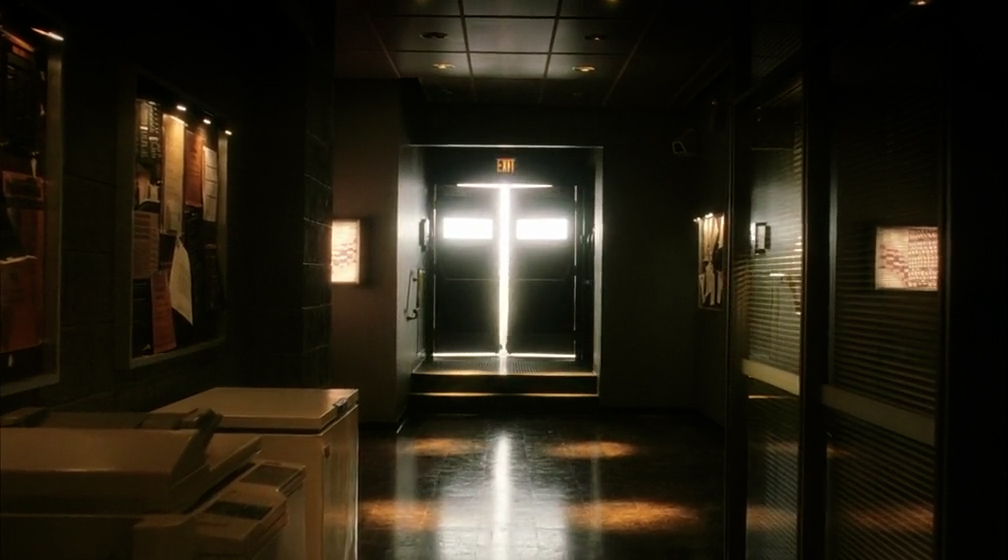
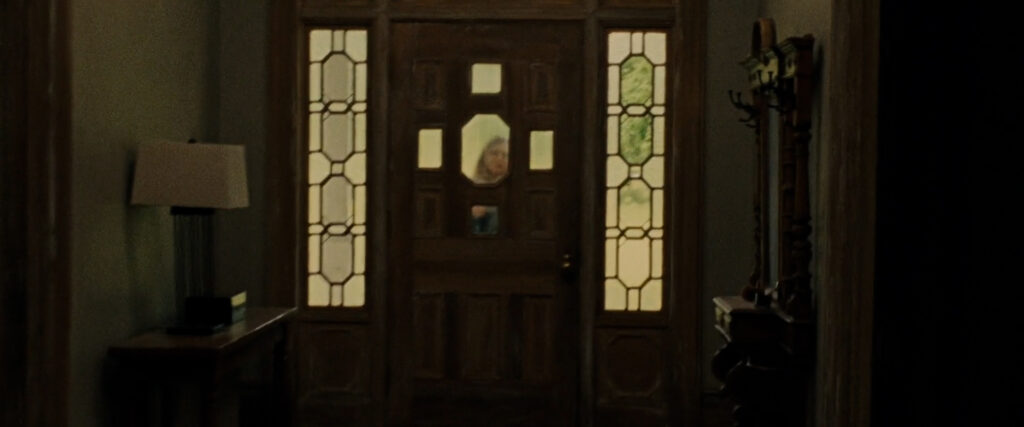
Circles with Man and Woman.
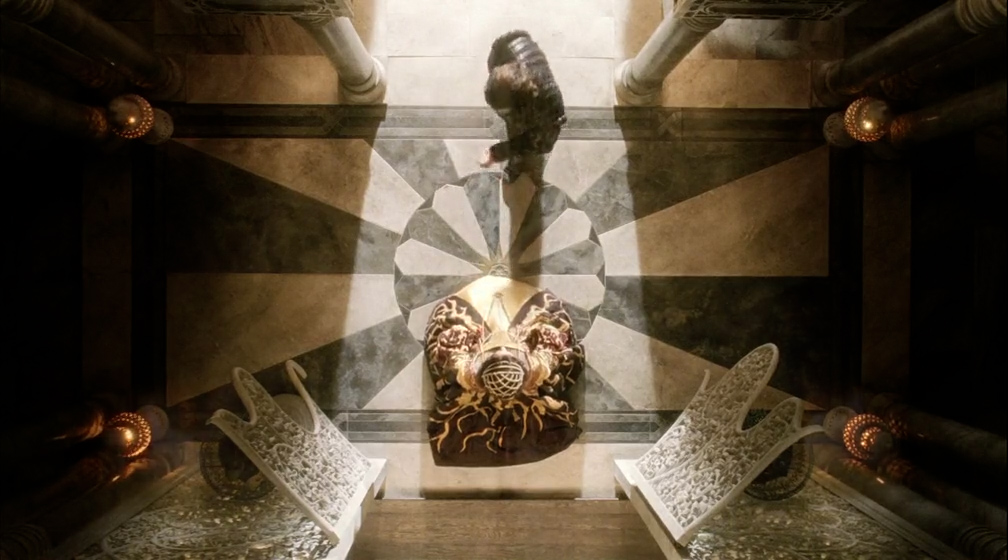
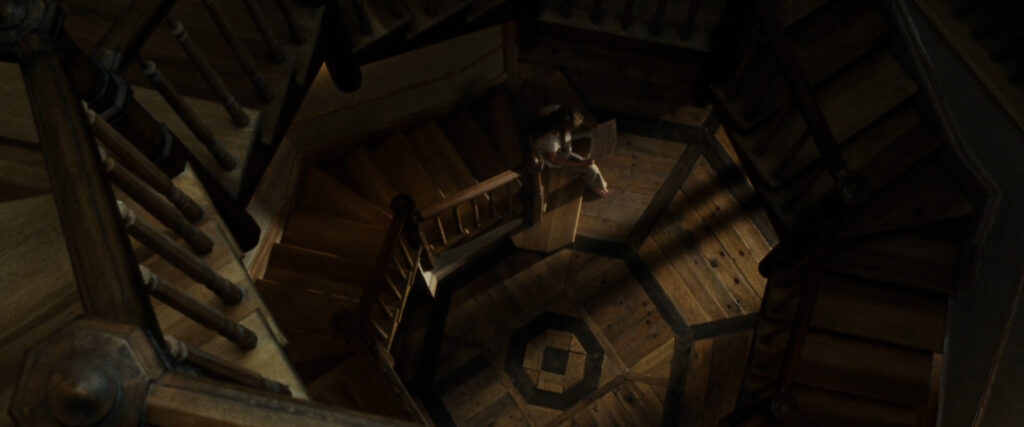
In all of these films, Aronofsky adds the abstract to tie them to spirituality and so sacred geometry and strange abstract shapes abound.
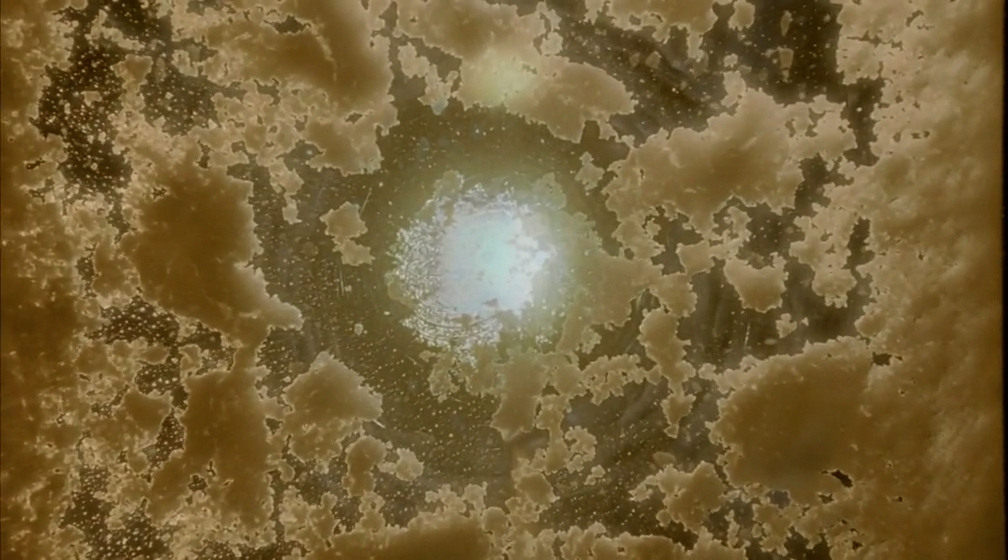
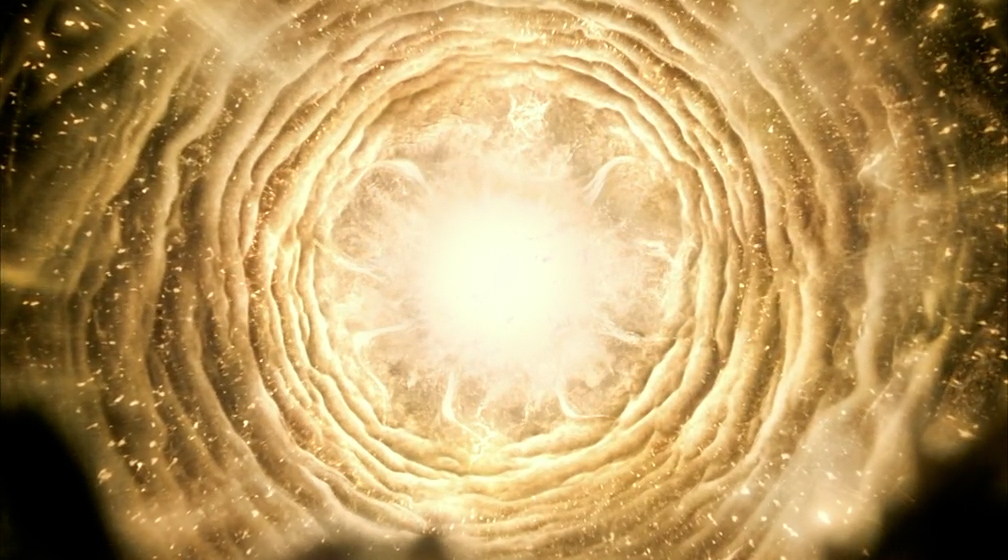
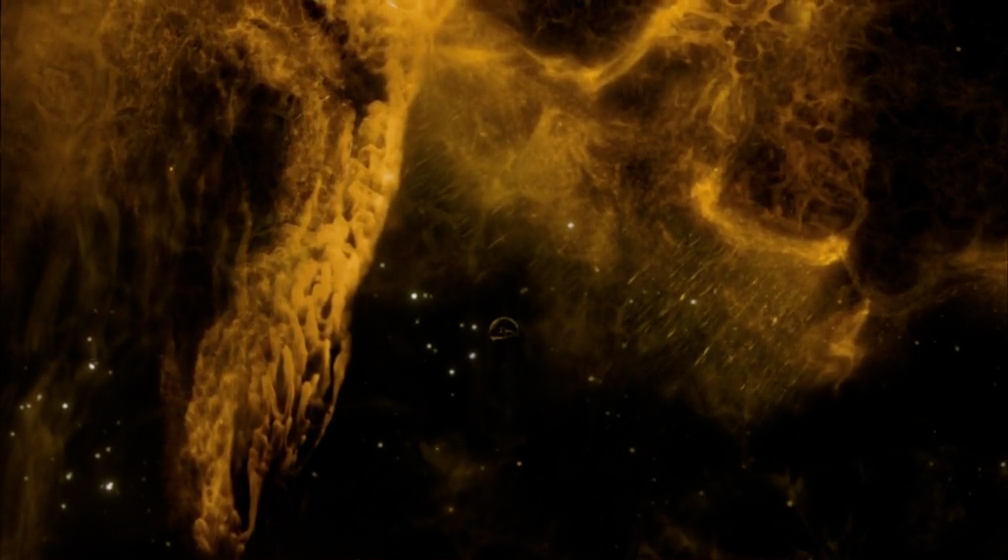
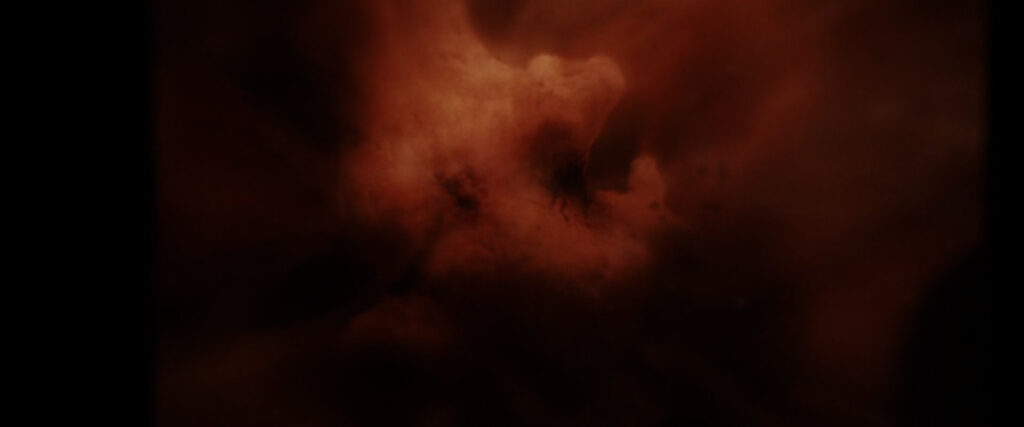
Hands and Knees
The tingle of touching another person is often magical and is depicted in Michaelangelo’s painting the Creation of Adam. Here are some examples of Aronofsky’s magic hands.
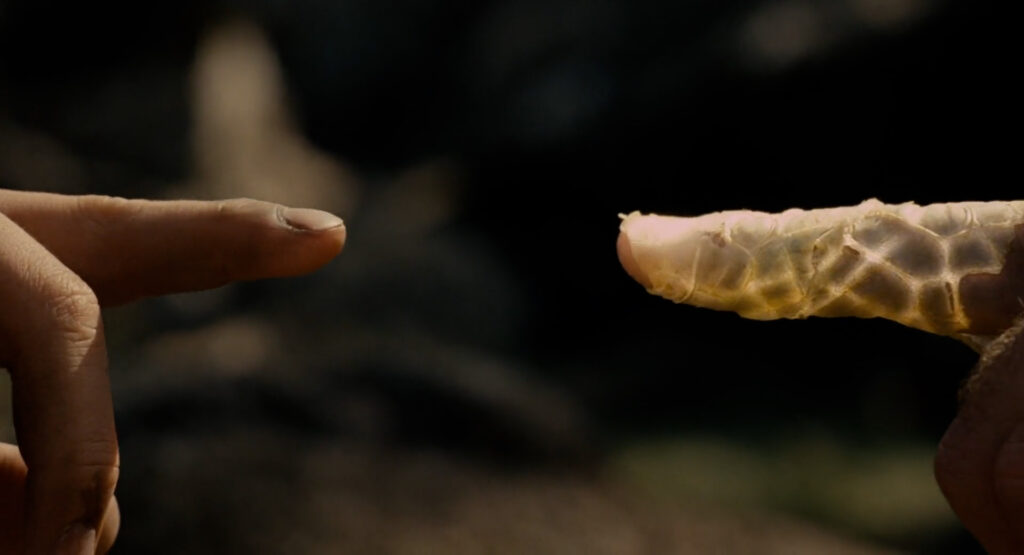
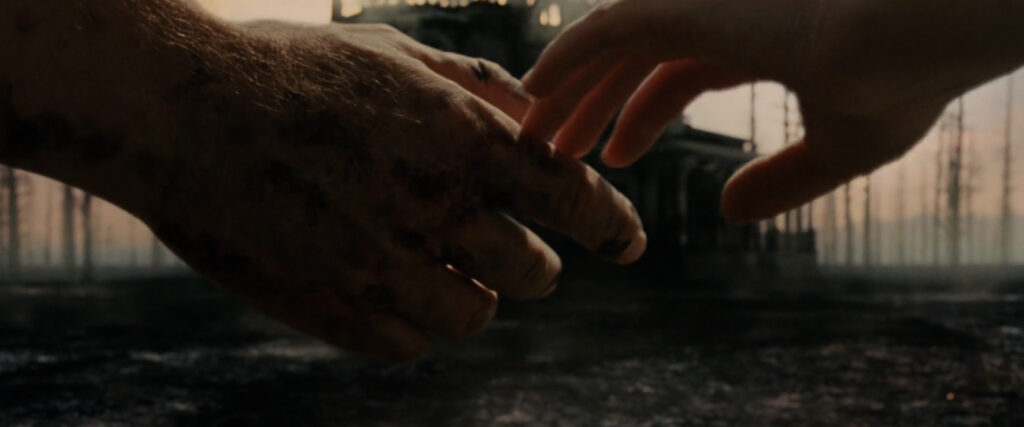
There’s also this motif of hands touching life. The way I would put my hand over a pregnant belly, like being in awe of life.

It should come as no surprise that kneeling plays a role in these films. As to what kneeling means, I have no idea. For me, it’s about loss and failure. In Mother, a writer who has lost his ability to write has lost his prized possession.
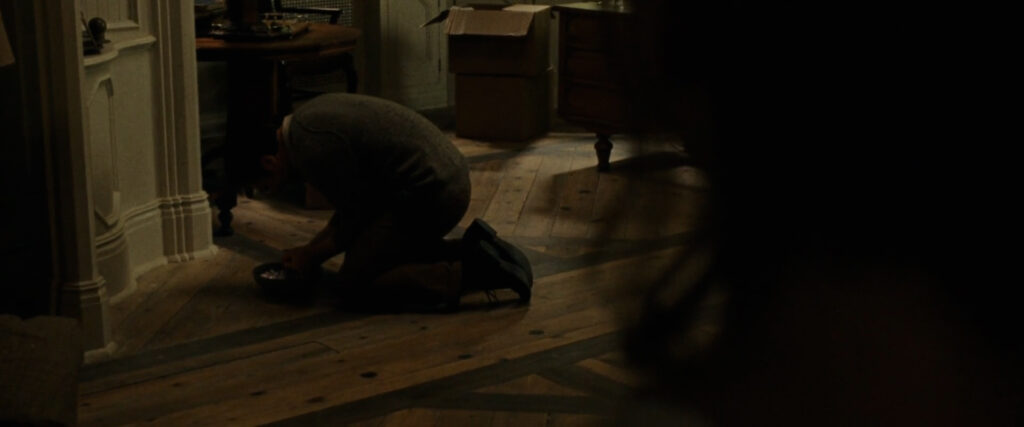
In The Fountain, Dr. Creo has lost his wife to cancer after failing to save her.

And in Noah, Crowe repeats obsessively that he will not fail after discovering his daughter-in-law is pregnant and coming to the conclusion that he must kill her.

Elements of Magic
These three works are filled with magical symbolism. One of my favorite threads in these three films is the the Promiscuous Hoard and it’s connection to sacrifice. In Noah, we see a man steal a girl and sell her for meat. On the other side of this transaction a young lamb crowd-surfs the hands of the merchants and throws it over the fence. The lamb is quickly shredded to pieces. In Christianity, lambs were used as a form of sacrifice and used as a placeholder for Christ- the ultimate sacrificial lamb used as a way to cleanse humanity of their sins.
In these films, once the sacrifice is given to the hoard, there is no miraculous moment that follows. The hoard is primal.
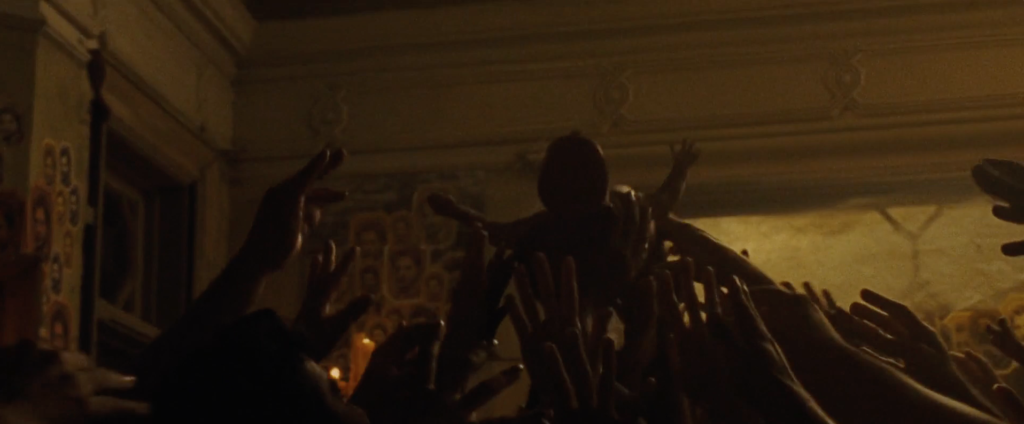
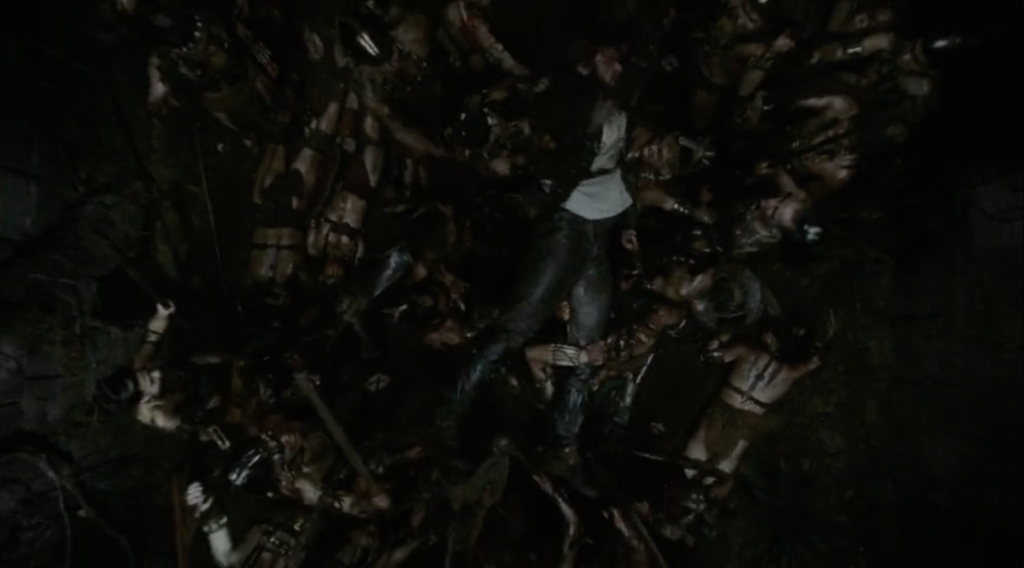
Here Tomas finds himself crowd-surfing on the hands of a squadron of Aztec warriors. This leads to his death at the hands of a Guardian with a Sword of Fire. The turn on this one, is in fact something magical. It might be fair to say, that The Fountain might be his most hopeful film out of these three.
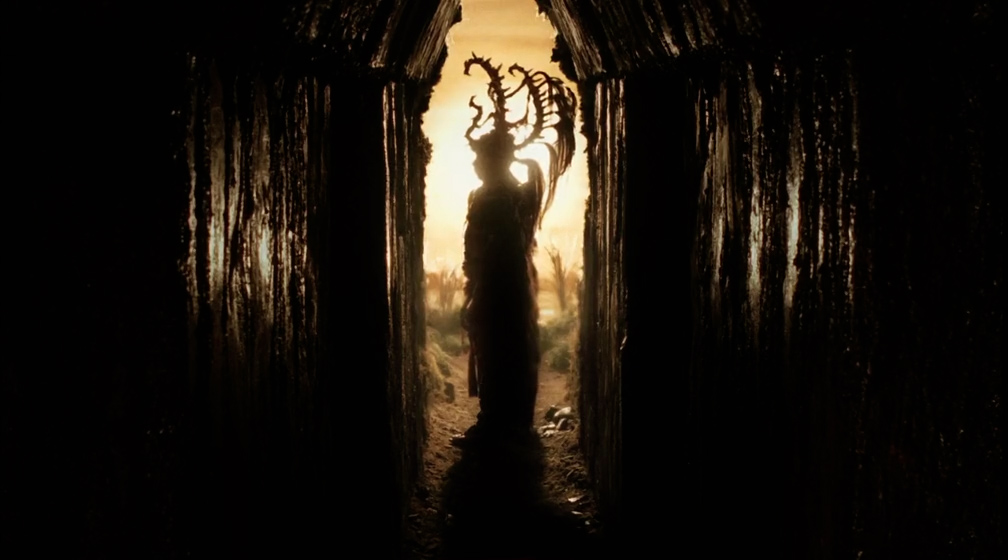
On to hopelessness, these three pieces have a notion about man’s instinct to progress. Progress can take many forms, in these works and it’s best represented and associated with iron and fire.
Here we have the villain of the film, The Inquisitor, self-flagellating in front of the fire beset on either sides by candles.
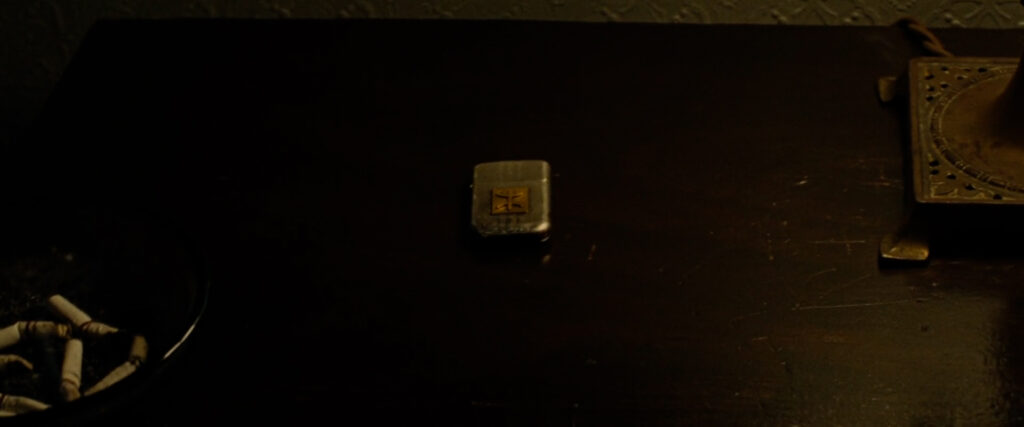
In this shot ‘Mother’ takes it personal that ‘Man’ is smoking in her home and throws his lighter behind the shelf. I couldn’t definitively find out what the symbol meant. It is similar to a rune that means man and woman.

This furnace underneath the house is evil like the one in Home Alone accompanied with creeky walls and unsettling sounds.
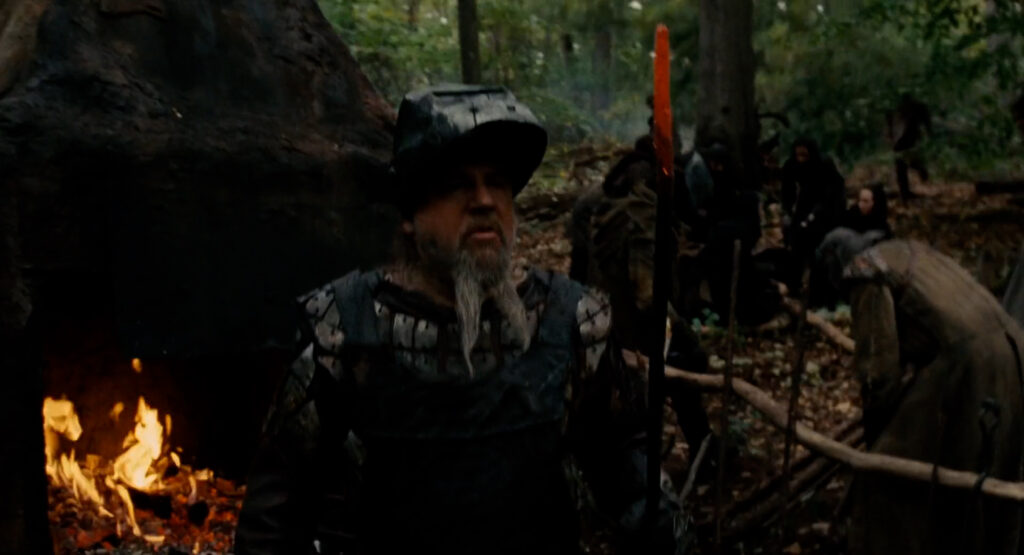
Tubal-Cain is often seen with his metal armor. He is wearing a helmet that looks exactly like a welding helmet. He at son point hands a bloodied metal weapon to one of Noah’s sons. This notion of fire may not be about industrialization. To me, though, I do get a sense of modernity or historical progress being associated to the fire.
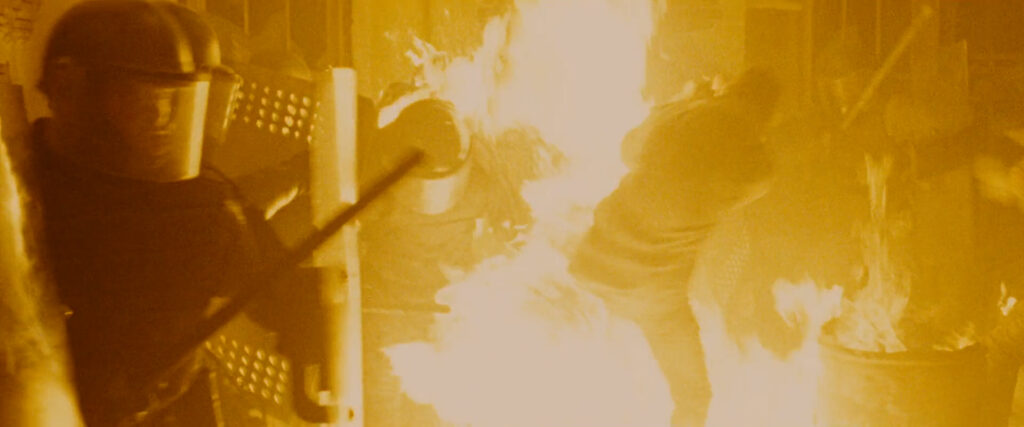
So for Mother!, in contemporary settings, we get full on riots reminiscent to the second Ukrainian revolution on 2014.
I think one of the most memorable scenes in The Fountain comes towards the end with Tomas sprouting. This theme of rebirth is in all three of these films. Here is a small supercut I put together for it.
So, thanks for dropping in. I enjoyed putting it all together. I hope you enjoyed rifling through it as well. I’d love to know what you think about Aronofsky, his fascination with religion and any other themes, motifs that you spotted in these films or any of the others.
